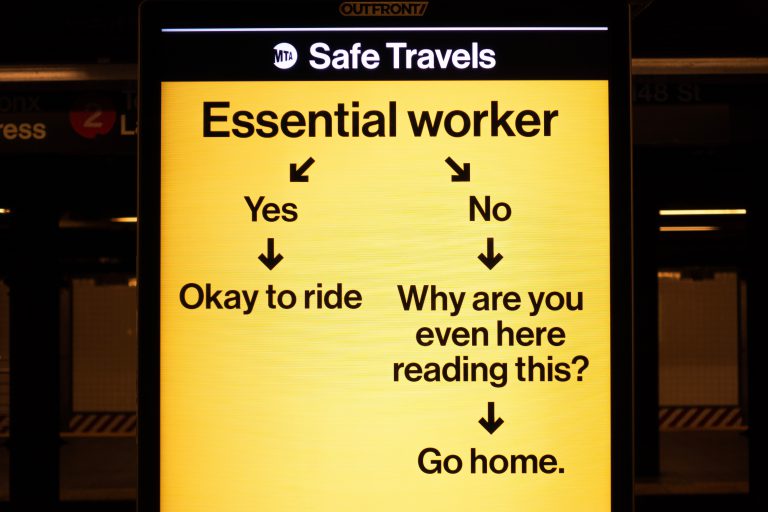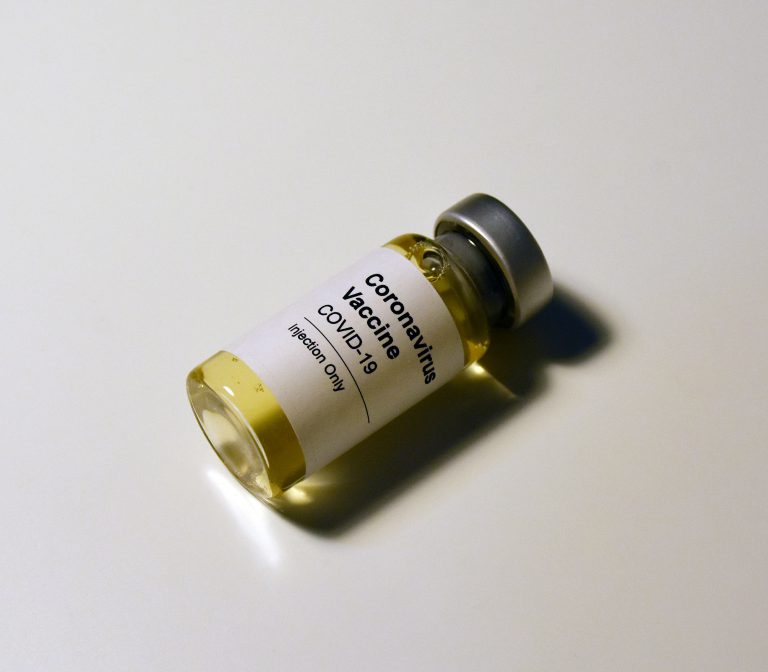It’s no secret that the U.S. is currently grappling with an opioid epidemic. The opioid crisis was declared a public emergency by the Health and Human Services (HHS) in the United States in 2017 after the fact that over 130 people die every day due to overdose, as per the Centers for Disease Control and Prevention (CDC). It all started in the late 1990s when opioids became rampant to treat all kinds of pain. It resulted in widespread misuse of the drug all over the country even before it came to light that it could be highly addictive. Between 1999 and 2017, around 400,000 of recorded deaths stemmed from an opioid drug overdose. Fast forward to today, many people are still struggling with addiction. But even those who are seeking help at residential addiction treatment facilities may not be getting the proper treatment they need.
According to a recently published study, most residential treatment facilities do not provide patients with “gold standard” medications to help treat their addiction. Researchers from Johns Hopkins University published a study in JAMA Network Open that revealed that in 2017, approximately 60% of the more than 2,860 residential treatment centers examined did not provide medications that have the seal of approval by the U.S. Food and Drug Administration, like methadone, buprenorphine, and naltrexone. These medications are also called medication-assisted treatment or MAT drugs. Treatment specialists consider MAT as an important component for people reaching and sustaining addiction recovery.
“The majority are not offering medication to treat opioid use disorder, and when you look at who’s being prescribed it is grossly underutilized,” Andrew Huhn, assistant professor of psychiatry and behavioral sciences at Johns Hopkins University School of Medicine and lead author of the study said.
The authors posited that the restrictions on prescribing MAT drugs might be a significant contributor to the limited availability. “Prescriber restrictions include prior authorization to prescribe buprenorphine or extended-release naltrexone, the requirement that buprenorphine be distributed by an opioid treatment program, or lifetime limits on doses of buprenorphine greater than 8 milligrams,” the study read.
The study also found that the use of MAT was highest in states with Medicaid expansion and no prescriber restriction for Medicaid reimbursement of the required treatments. On the other hand, there’s lower usage of these medications in states that resisted Medicaid expansion and had prescriber restrictions.
Legal and regulatory barriers for prescribing MAT may be the root cause of these residential treatment facilities’ limited access to medications. According to the researchers, the situation will improve if there are public health and policy efforts involved. It would also help if the government expand Medicaid access and relax prescriber restrictions for Medicaid reimbursements so more patients struggling with opioid addiction can have access to the proper treatment they desperately need. Another helpful solution would be forging partnerships among local medical facilities and improvements in the accrediting and licensing of residential treatment facilities. When these solutions are implemented, there may be an increase in the availability of MAT drugs.
Browse our website today for more news in the medical industry.
















